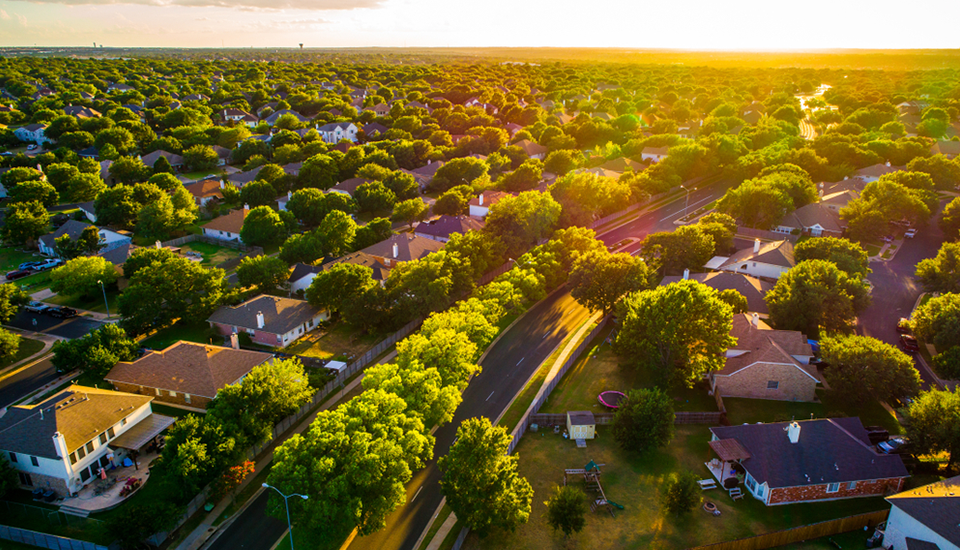May 3, 2019.
Home prices are softening, leading some to think that we could be on the way toward another housing market crash. But, it helps to remember that the housing market today is a lot different from the housing bubble we saw 12 years ago.
There are three important metrics that prove why:
- Home prices.
- Mortgage regulations.
- Rates of foreclosure.
3 reasons why another housing market crash isn’t on the horizon
Here’s a quick breakdown:
1. Home prices.
Only a decade ago, home prices were depreciating significantly, with an estimated 29 percent drop in values within just a four-year time period (2008 to 2011). Right now, housing prices aren’t depreciating. Home price appreciation is only slowing down.
So, you may not see home values annually appreciating at the former rate of 6 to 7 percent. Still, home values have increased by over 4 percent within the past year. The most recent Home Price Expectation Survey polled 100 experts, and 94 predicted that housing values would keep rising throughout 2019. The rate of appreciation is just lower.
It’s the easy way to mortgage — and the easy way to chat with your loan officer from wherever you happen to be.
2. Mortgage guidelines.
Another concern shared by many is that lenders may start easing standards again to the level that fueled the last housing crisis. Thankfully, there’s proof that the lending standards of today are nothing like the lenient lending standards that preceded the crash.
The Urban Institute’s Housing Finance Policy Center puts out a quarterly index that:
“…measures the percentage of home purchase loans that are likely to default — that is, go unpaid for more than 90 days past their due date. A lower HCAI indicates that lenders are unwilling to tolerate defaults and are imposing tighter lending standards, making it harder to get a loan. A higher HCAI indicates that lenders are willing to tolerate defaults and are taking more risks, making it easier to get a loan.”
According to the recent Housing Credit Availability Index from the Urban Institute, issued in January 2019:
“Significant space remains to safely expand the credit box. If the current default risk was doubled across all channels, risk would still be well within the pre-crisis standard of 12.5 percent from 2001 to 2003 for the whole mortgage market.”
3. Rates of foreclosure.
Over the last decade, short sales and foreclosures, also called distressed properties, accounted for 35 percent of total home sales.
The Mortgage Bankers’ Association shared in February 2019 that:
“The percentage of loans in the foreclosure process at the end of the fourth quarter was 0.95 percent…This was the lowest foreclosure inventory rate since the first quarter of 1996.”
Using three key metrics to compare today’s housing market to the market 10 years ago makes it clear that the two markets are entirely different.
When you feel heard, you know your time & money aren’t being wasted
Getting our borrowers home in 10 days is a great perk — but that’s not why we’re doing it. Since day one, we committed to lending with a servant’s heart, which simply means creating a personal connection in every mortgage. You walk away feeling valued, and your loan officer finds more meaning in what they do. You save money on your mortgage and get home happy, and everybody wins. Click here to get started.
For educational purposes only. Please contact your qualified professional for specific guidance.
Sources are deemed reliable but not guaranteed. See: Keeping Current Matters, Feb. 2019.

